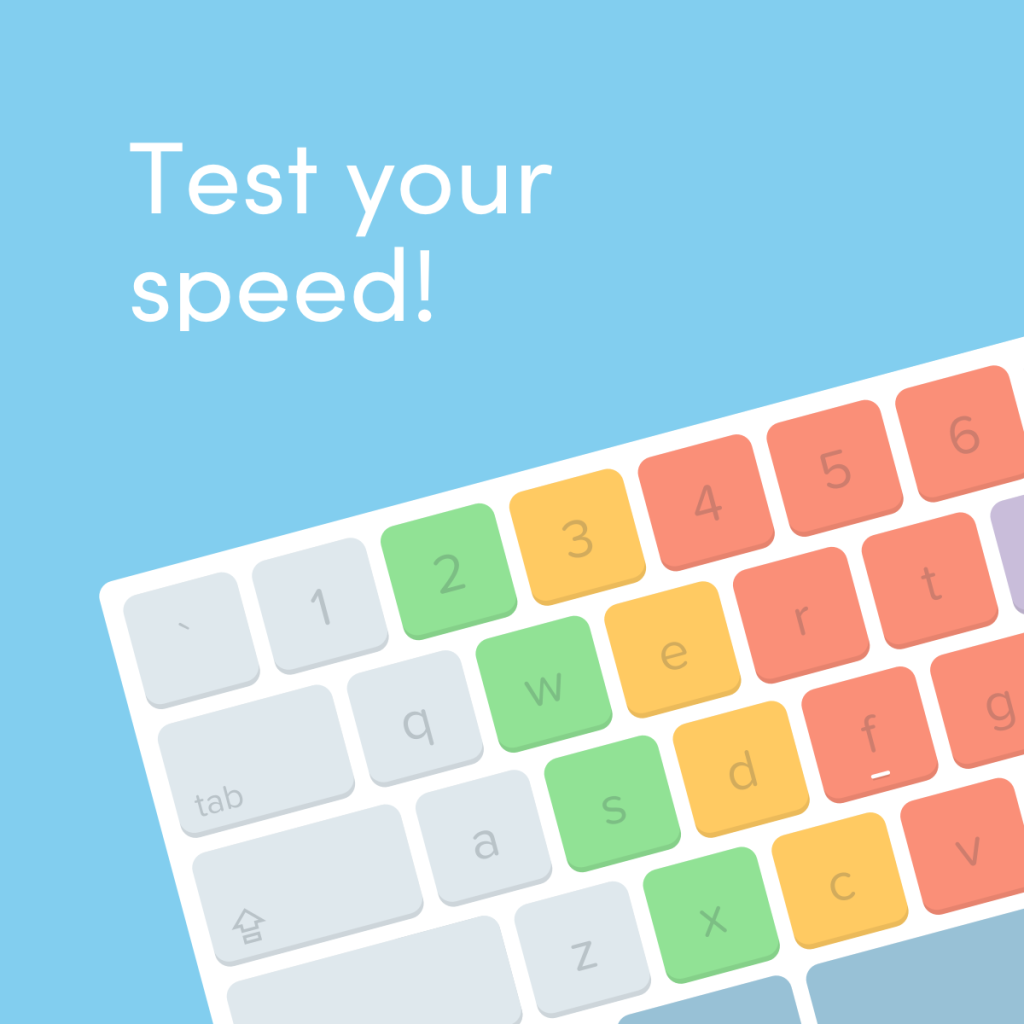In the realm of customer service, the speed at which one can type might seem like a minor detail. However, it holds substantial importance and can significantly impact the overall customer experience.

Test Your Speed
1. Efficient Communication
- Quick Response Times: The ability to type fast enables customer service representatives to respond promptly to customer inquiries. In a fast-paced digital world, customers expect near-instantaneous replies. For example, in a live chat support setting, a rep who can type 60+ words per minute can address a customer’s initial question about a product’s features or a service issue in a matter of seconds, while a slower typist might take minutes, leading to potential customer frustration.
- Accurate Information Transfer: Fast typing doesn’t mean sacrificing accuracy. Skilled typists can quickly and precisely convey solutions, such as troubleshooting steps for a technical problem or details about a refund policy. This helps customers get the correct information they need without misunderstandings that could arise from slow or error-prone typing.
2. Handling Multiple Chats or Tickets Simultaneously
- Increased Productivity: A fast-typing customer service agent can handle more than one customer interaction at a time. They can switch between chat windows or ticket queues with ease. For instance, while waiting for a customer to respond in one chat, they can start typing out a response for another customer’s query, maximizing their efficiency and the number of customers they can assist in a given time period.
- Better Resource Utilization: From a business perspective, this means fewer agents may be needed to handle the same volume of customer inquiries. This can lead to cost savings in terms of staffing and also ensure that all customers get attended to in a timely manner, improving overall customer satisfaction and loyalty.

How fast can you type
3. Capturing and Documenting Information
- Thorough Case Notes: During a customer interaction, whether it’s a phone call being transcribed or a live chat, fast typing allows for detailed and comprehensive case notes to be created. These notes can be crucial for future reference, such as if the customer contacts again or if there is a need to analyze common issues. For example, if a customer reports a recurring problem with a software application, the agent can quickly document the steps taken to diagnose and attempt to solve the issue, which can then be used by the technical team to develop a permanent fix.
- Data Analysis and Improvement: Accurate and detailed records due to fast typing can also be used for data analysis. Businesses can identify trends in customer complaints or frequently asked questions and use this data to improve their products, services, or even the training provided to customer service agents.
4. Adapting to Customer Service Tools
- Utilizing Autocomplete and Templates: Many customer service platforms have autocomplete features and templates. A fast typist can quickly navigate and utilize these tools. They can select the appropriate pre-written response from a template and customize it with their fast typing skills. For example, when greeting a customer, they can choose a standard greeting template and then add a personalized touch like the customer’s name in a matter of seconds.
- Keeping Up with System Requirements: Some customer service systems have time limits or requirements for note-taking and response entry. A fast typist is more likely to meet these requirements without stress or errors, ensuring a smooth flow of the customer service process and compliance with internal and external service standards.

The typing speed and customer service
In conclusion, while typing speed is not the only crucial aspect of customer service, it is an important factor that contributes to efficient, effective, and satisfying customer interactions. Customer service representatives should strive to improve their typing skills to enhance their overall performance and the quality of service they provide.




